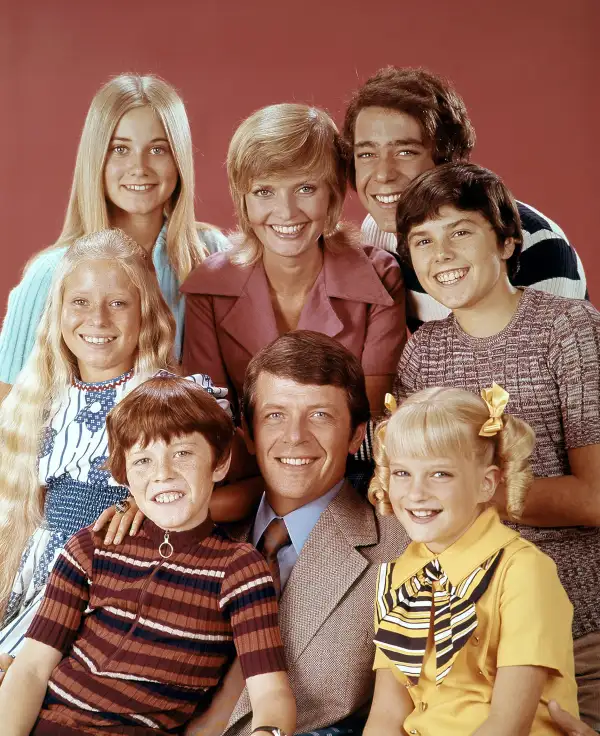How Blended Families Can Overcome Their Savings Obstacles

The nuclear family went out of fashion 40 years ago, and what has replaced it is a far cry from TV’s blissfully blended Brady Bunch. Modern families include more same-sex, single-parent and multi-generational make-ups—and, new research shows, these households have special savings obstacles.
Today, just 19% of U.S. households are married heterosexual couples with young children vs. 40% in 1970, according to Census Bureau data. The rise of non-traditional families is reshaping household economics and, it seems, deepening the nation’s savings crisis.
Blended families, where parents have remarried with young children, are the biggest segment of the new-look household. About 75% of divorced people remarry. In roughly 43% of all marriages it is the second time around for at least one member of the couple, and 65% of remarriages involve children from a previous marriage. In such families, the average level of savings is $158,600, vs. $264,300 for traditional families, according to a new Love Family Money study from Allianz.
Only 46% of blended families believe they are on track towards their financial goals vs. 60% of traditional households. Some 55% of blended families live paycheck to paycheck vs. 41% of traditional families; and 30% of blended families say they are not saving any money vs. 20% of traditional families.
Behind this struggle, in many cases, is the financial stress of a broken household, Allianz found. Parents in blended families are more likely to say that they or their partner brought financial baggage to the marriage, and a third cite insufficient monetary support from their ex as a major problem keeping them from saving. They often find it difficult to merge their financial resources and plans, which means they tend to wind up with multiple, and frequently competing, goals within the household.
Some 35% say they and their partner have different financial priorities that are difficult to navigate. They are almost twice as likely to feel less aligned as a family than those in a traditional household. Yet there is some good news. Perhaps because they have a hard time planning as a unit, blended families are more likely to talk about money and take steps to teach their children to budget and save, Allianz found.
How can blended families overcome their struggles? With the rise of non-traditional households more financial firms are weighing in. It’s not enough to talk to the kids about money. Couples need to talk to each other and develop mutual goals and a plan for getting there. Agree on a fair distribution of responsibility. To get on the right path to your financial goals, start is by finding ways to trim your major expenses, then make a budget that leaves room for saving. If you can't free up much cash to put away now, start small and increase that amount with future raises. It's also important to take a careful look at wills and legacy planning, since you want to protect your family financially as long as possible.
More on marriage and money:
Retirement makeover: 4 kids, 2 jobs and no time to plan
7 ways to stop fighting about money and grow richer, together
